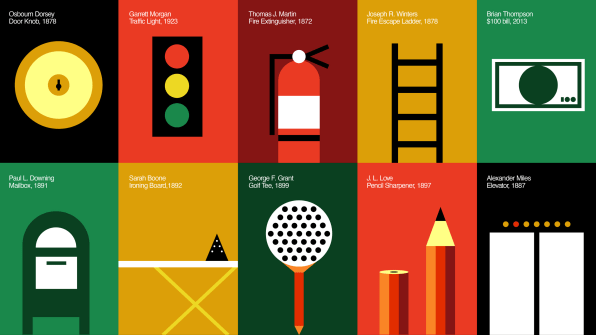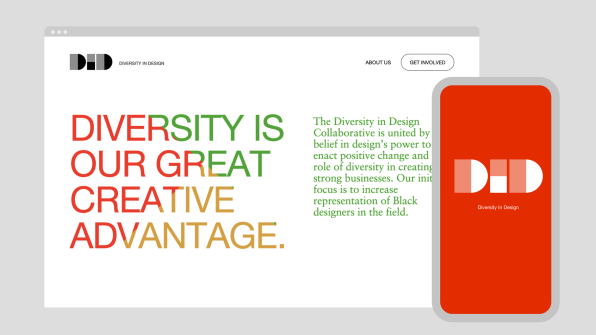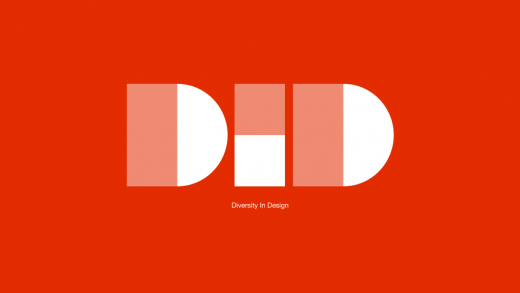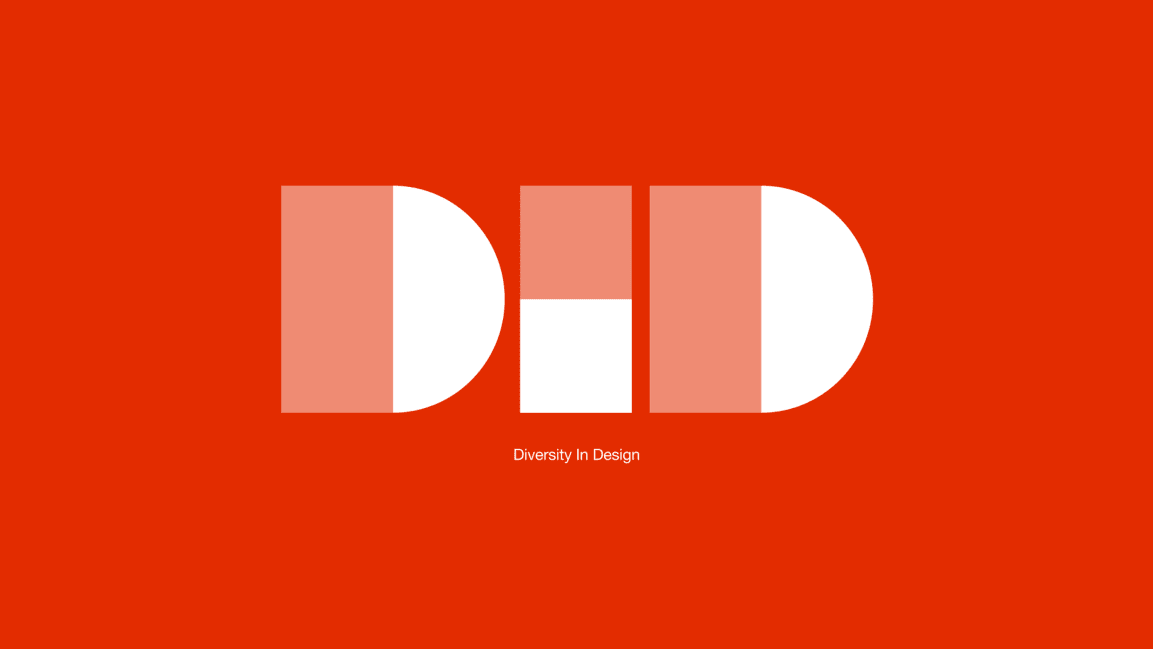Only 4.8% of designers are Black. Herman Miller, Adobe, and Gap unveil a plan to change that
Design is a particularly white profession. Depending on the poll, only 3% to 4.8% of designers are Black. But a powerful new collective of design companies is looking to change that.
Launching today, the Diversity in Design (DID) Collaborative is a group of nearly two dozen companies from across the design world—ranging from the furniture company Herman Miller to the software maker Adobe to the ubiquitous fashion brand Gap to the brand consultancy Wolff Olins—all of which are pledging meaningful efforts to bring equity to the field of design. Equity matters for any profession, but it has outsized importance within the world of design, which influences the look and feel of just about every product and service. Design can help create or crush equity.
Over the next year, DID’s efforts are focused on seeding more Black designers into the talent pool. DID will promote the profession of design in high schools, while working with historically Black colleges to create design curriculum (only about 10% of them offer design courses today, according to an audit by Pensole Design Academy. The group will throw a design fair in Detroit in 2022, where partner companies will show up to offer mentors and internships. (Detroit was chosen because it’s the nation’s largest Black-majority city.)
“A lot of the brands hope some magic diversity dust sprinkles over people, and they magically show up for interviews. But before that, [they need to show up] for internships . . . college . . . to know what design is in high school,” says D’Wayne Edwards, a founding advisor on DID who created and runs the Pensole Design Academy. “You have to invest backwards.”

Building an equity program that actually works
To trace the roots of DID, you have to go back to the Cooper Hewitt, Smithsonian Design Museum, which was helmed by Caroline Baumann before she stepped down during a controversial investigation in early 2020. (Baumann co-developed DID with Mary Stevens, SVP, Special Projects, Herman Miller) Designers celebrated Baumann for opening the museum to a broader community. For over a decade, she instituted a high school job fair at the museum during National Design Week, during which time the museum became free to visit. “My dream was always to scale it,” says Baumann, “and have these design fairs across the country.”
After leaving Cooper Hewitt, Baumann was mulling what to do next when her friend Herman Miller CEO Andi Owen invited Baumann to work on the company’s own equity initiative. After months of conversations, internally and externally, Baumann unearthed a lot of pent up interest to address equity in design. Companies beyond Herman Miller were eager to team up.
Keisha Golding was building the equity roadmap internally at Gap when she came to the conclusion that it would be much more realistic to fix systemic inequalities by teaming up with other companies to pool resources and reach. “Funnily enough, I was having a couple conversations with different industry leaders when I received an email from Caroline around the opportunity to partner with DID,” Golding says.
Following the murder of George Floyd, the design industry responded with different initiatives to address equity. The initiative Where Are All The Black Designers sprung up, hosting virtual events to create a community and job board for Black designers. The 15% Pledge launched in 2020 to convince companies to support Black-owned businesses with 15% of their shelf space.
But corporations have a lot more work to do. DID appeals to its partners because it’s cutting to a root of the problem—that more young Black people don’t have design backgrounds—and it’s pledging to move the needle on specific programs linked to transparent metrics (metrics that are, admittedly, still being worked out). “It won’t be ambiguous,” Baumann assures us about these figures, later adding: “If we reach a junior in college this coming year, we could see change in two years. This could be more immediate than you think.”
It’s reasonable to question such optimism—even Edwards was initially skeptical of DID. His own organization, Pensole, has successfully placed hundreds of Black youth into internships with major shoe companies over the years, so he knew a thing or two about bringing Black students without traditional design backgrounds into the field of design. But he was won over by DID’s solidarity of action and accountability.
“I wanted to steer clear of the word ‘try,’ because that’s basically what’s been happening for my 32 years in this industry. Imagine you go to your [boss and say], ‘I’m gonna try to do my job today,” says Edwards. “That’s been the frustration for a lot of Black folks in the industry, all we get is try, and the try becomes a nice PR message, a nice check given to some foundation. No follow through or programming, reporting on how it worked.” In DID, he saw an organization willing to hold its own feet to the fire.
Finding the right partner companies
The first year of DID is largely about establishing a baseline of partner companies, and getting everyone on the same page to offer similar mentorship and internship opportunities. That baseline is carefully balanced in terms of its scope to include graphic, fashion, industrial, and UX design. “It’s not just about shoe design, furniture design, or data visualization,” says Baumann. “It’s everyone coming together saying, ‘Look at how rich a career in design can be.”
To participate, companies don’t make any direct financial contribution to DID. They pledge sweat equity, and absorb costs like travel. They’ve also pitched in to launch the initiative. DID’s lauded UX partner Work & Co designed its website, while Forest Young, a DID advisor, and a global principal at DID partner Wolff Olins, created its logo.

Baumann originally planned to fund DID through direct corporate sponsorships. But she realized that if you charge companies a fee, it will take many smaller, more specialized studios out of the picture. Plus, if any one company owns DID, it will no longer feel like a collective movement. For now, Herman Miller is bankrolling the program and prepared to do so into the foreseeable future, but the company’s name appears only as a smkk copyright at the bottom of the page.
“It’s important it’s not ever branded by a company,” says Baumann. “They will be the DID Design Fairs.”
After launching the program, Baumann will help hire the next executive director, then step aside while remaining in an advisory role. Years two and three will be largely about growth—bringing on more colleges and corporate partners—and there’s plenty of room for it. So far, DID’s corporate list is composed of influential design companies, but it’s notably lacking any mega corporations we know for design—like Apple—which Baumann believes could make a great partner in the future. “It shouldn’t feel obligatory,” says Baumann, about corporations participating in DID. “It should feel like jubilation.”
(22)



